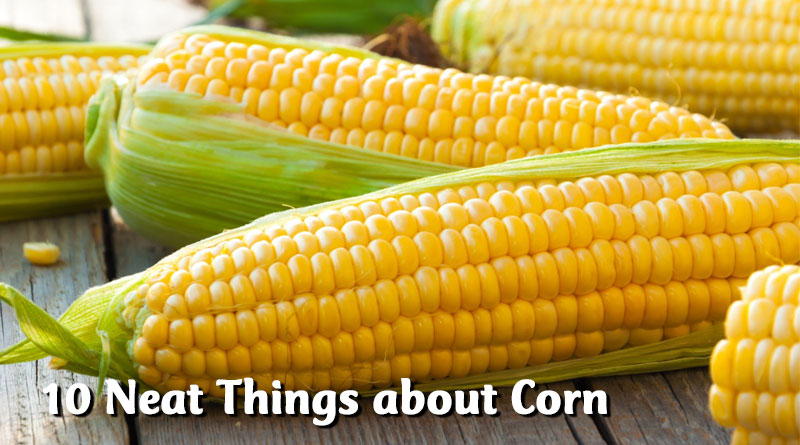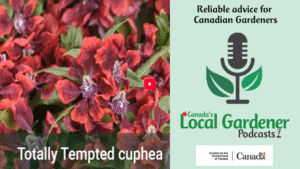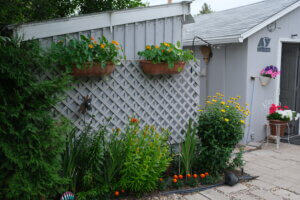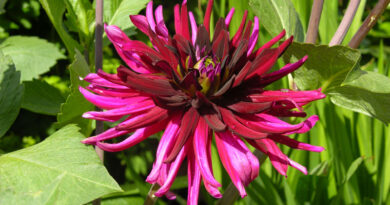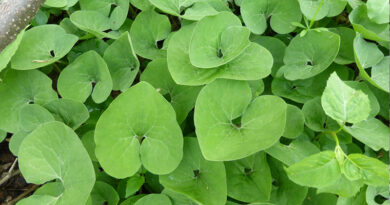About Corn
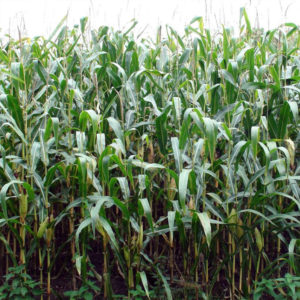
1. Corn is grass.
Zea mays, the Latin name for maize, which is the farming name for corn, is a cereal grain, and like most cereal grains, is from the Poaceae (formerly Gramineae) family. Confused? Don’t dwell on it. Suffice it to say: corn is grass.
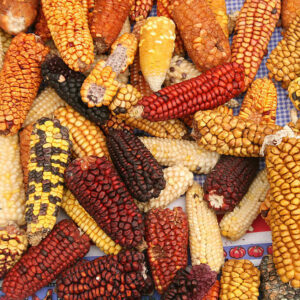
2. Multiple varieties.
In general, you don’t want your corn to cross-pollinate because it can result in tough produce that isn’t very tasty. But if you’re careful to plant varieties that flower at different times, you can enjoy a few different kinds.
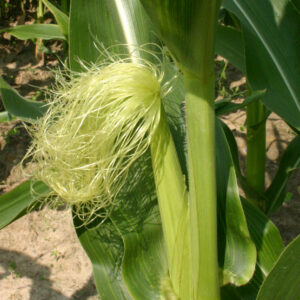
3. Corn flowers?
Corn silk is the female flower of the plant. The male flower is the tassel up top. Each thread of silk, when pollinated, grows into a kernel.

4. Corn needs no bees.
Bees and other pollinating insects are crucial to agriculture, but not where corn is concerned. Its pollen is spread by wind, and is self-fertile.
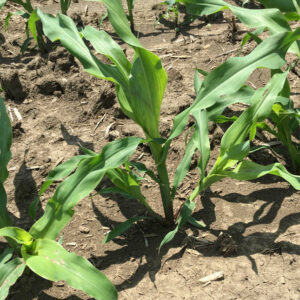
5. Save your energy.
Don’t bother removing side shoots from your plants. Turns out, all the time and energy that goes into removing the side shoots, or suckers, doesn’t improve anything. You may also be rewarded with a second ear on some plants, though it will be smaller and develop later.
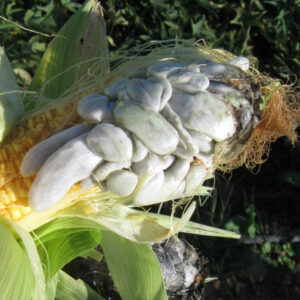
6. Smut.
The white and black fungal gall known as smut that turns up on corn sometimes is not poisonous; in fact, it is a delicacy in Mexico, where it is cultivated and fetches a higher price than the crop itself. An attempt to raise interest in the product in the US called it “Mexican truffle”. For the squeamish, you can break off the infected part and eat the rest of the corn. The gall contains spores, so be careful when removing it and dispose of it away from the garden or your garden compost.
7. Feed the corn that feeds you.
Just like the grass on your lawn, corn appreciates nitrogen. Side-dress your plants with it when they are eight to 12 inches tall. There was a Native American tradition of burying a fish head with corn seeds, which had the advantage of supplementing the soil with nitrogen.
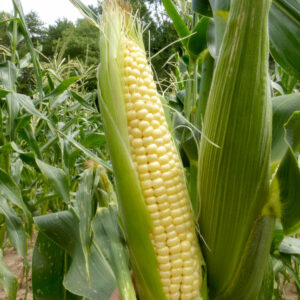
8. Ready whether you are or not.
One website states: “The period of peak freshness for sweet corn is measured in minutes, not hours or days.” You can estimate that your corn will be ready to harvest about 20 days after the silk appears. Around that time, keep an eye on it; pull back the husk and check the kernels each day. They should be smooth and fat and the juice should be milky when you puncture a kernel with your fingernail. If you harvest too early, the juice will be watery. If you harvest too late, the kernels will be tough and doughy. If you can’t eat it the same day, refrigerate it immediately and eat within a couple of days.
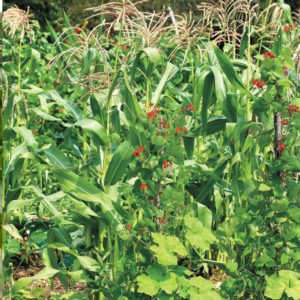
9. Native traditions.
Corn accounted for up to 65% of the Iroquoian diet and involved the entire community: men cleared an area and the women would plant mounds with the “three sisters”, corn, beans and squash. The Mohawk used it for food—making corn flour for an unleavened bread and cooking the kernels into hominy—as well as other purposes. The dried stalks were used to make fishing poles, the husks were sometimes made into dolls with corn silk hair, and the leaves could be made into mats or moccasins.
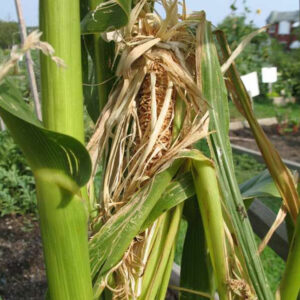
10. Rascally racoons.
These varmints like their corn just a little less creamy than humans do, so if you grow in an area with racoons, they’ll probably harvest before you do. Possible deterrents include: leaving a radio playing all night near the crop; surrounding the plants with an electrified fence; and having a big dog guard your corn. If you really want to eat what you’ve grown yourself, you should probably grow about three times as much as you hope to harvest.



